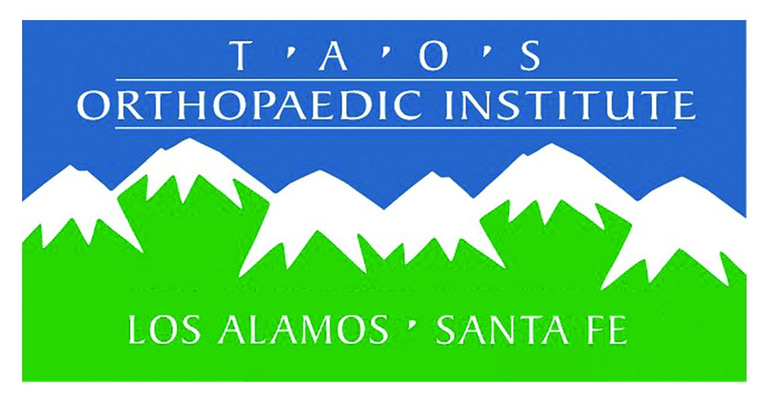Understanding Prevention of Knee Replacement Complications
AFTER KNEE SURGERY
11/21/20242 min read
In a small percentage of people, as with all major surgical procedures, knee replacement complications can occur. These risks include swelling, infection, bleeding, persistent pain, vascular and circulatory disorders, neurological symptoms, blood clots, anesthesia risks and even death in the rarest of cases. Your medical condition and general health contribute to the potential for complications.
The common complications of total knee surgery can now be largely avoided. Each patient receives a thorough preoperative medical evaluation by an internist as well as routine pre-admission testing.
Below is a list of potential knee replacement complications and steps that we take at Taos Orthopaedic Institute and Holy Cross Hospital in Taos to prevent these complications. In addition, we list steps that you, the patient, can take to prevent their occurrence.
Thrombophlebitis or Blood Clot
This condition is also known as deep vein thrombosis (DVT), and it occurs when the large veins of the leg form blood clots and, in some instances, become lodged in the capillaries of the lung and cause a pulmonary embolism (PE). While phlebitis (or inflammation of the leg veins) is not rare, the incidence of fatal pulmonary emboli (or blood clots to the lungs) has been almost totally eliminated. The following steps are taken to avoid knee replacement complications due to blood clots:
* Foot and ankle exercises increase blood flow and enhance venous return in the lower leg after surgery
* Blood-thinning medication (anticoagulants) are prescribed after surgery
* Elastic wraps or support stockings (TED hose) are worn after surgery
* Continuous Passive Motion (CPM) machines and early mobilization, ambulation, and physical therapy are prescribed after surgery
* Plexipulse foot compression pumps increase blood flow and enhance venous return in the lower leg after surgery
IMPORTANT: If you develop swelling, redness, pain and/or tenderness in the calf muscle, chest pain, or shortness of breath, report these symptoms to your orthopaedic surgeon immediately.
Infection
Although great precaution is taken before, during, and after surgery, infections do occur in a small percentage of patients following knee replacement surgery. Thanks to our use of antibiotics, expeditious surgery, and a surgical team wearing sterile exhaust hood operating room space suits, the infection rate at our institution is below average.
In addition, steps our patients take to minimize this knee replacement complication include:
* Iodine showers before surgery
* Dental evaluation for abscess or infection before surgery
* Strict incision care guidelines after surgery
IMPORTANT: If you develop redness, swelling, tenderness, increased drainage, foul odor, persistent fever above 100.4 degrees orally, and increasing pain report these symptoms to your orthopaedic surgeon immediately.
Pneumonia
Because your lungs tend to become “lazy” as a result of the anesthesia, secretions may pool at the base of your lungs, which may lead to lung congestion or pneumonia. The following steps are taken to minimize this complication:
* Deep breathing exercises: Patients take deep breaths and cough out any secretions each hour after surgery while awake
* Incentive Spirometer: This simple device gives you visual feedback while you perform your deep breathing exercises. Your nurse or respiratory therapist will demonstrate proper technique. Patients take 10 deep breaths using the incentive spirometer each hour while awake
Knee Stiffness
In some cases, the mobility of your knee following surgery may be significantly restricted and you may develop a contracture in the joint that will cause stiffness during walking or other activities of daily living. The following steps must be taken to maximize your range of motion following surgery:
* Continuous Passive Motion (CPM) machines are prescribed after surgery to slowly and gently bend and straighten the knee while you rest
* Physical therapy begins on post-surgical Day #1 to begin range of motion exercises and walking
* Edema control to reduce swelling (ice, compression stocking, and elevation)
* Adequate pain control so you can tolerate the rehabilitation regime
